The pandemic has created greater awareness of the fragility of our society and our environment. Cities will need to double down on measures to create a more sustainable and human-centric world.
Cities are the engines of civilization. Despite occupying only 3% of the world’s landmass, more than half of the world’s population live in cities and they generate 80% of global GDP, according to the World Bank.


Cities have also been under tremendous pressure – from climate change to socioeconomic and geopolitical unrest, exacerbated recently by the global pandemic. The coronavirus pandemic has uncovered how many cities are under-prepared and under-equipped for shocks with the U.N. estimating that 95% of coronavirus cases occur in urban areas.
An Obligation for the Real Estate Industry to Act Now
The built environment accounts for about 40% of global carbon emissions, which means that the real estate industry can play a big role in bringing about a sustainable future, especially in cities hardest hit by the coronavirus. In order to adhere to the timeline put forward by the Paris Agreement to cut carbon emissions by 45% by 2030, there is a need for a systemic rethink at every level—from the private sector to city and national governments.
According to JLL’s Responsible Real Estate framework, this systemic change will be driven by a holistic view of the industry and its approach to the development and management of real estate assets across operational, financial, and social factors at every stage.
“Our role in real estate is actually to provide facilities for human beings,” says Marie Puybaraud, JLL’s Global Head of Research Corporate Solutions. “JLL is driving forward, creating purposeful places where diverse and collaborative cultures and communities thrive.”
Responsible Real Estate
1. Eco-Healing
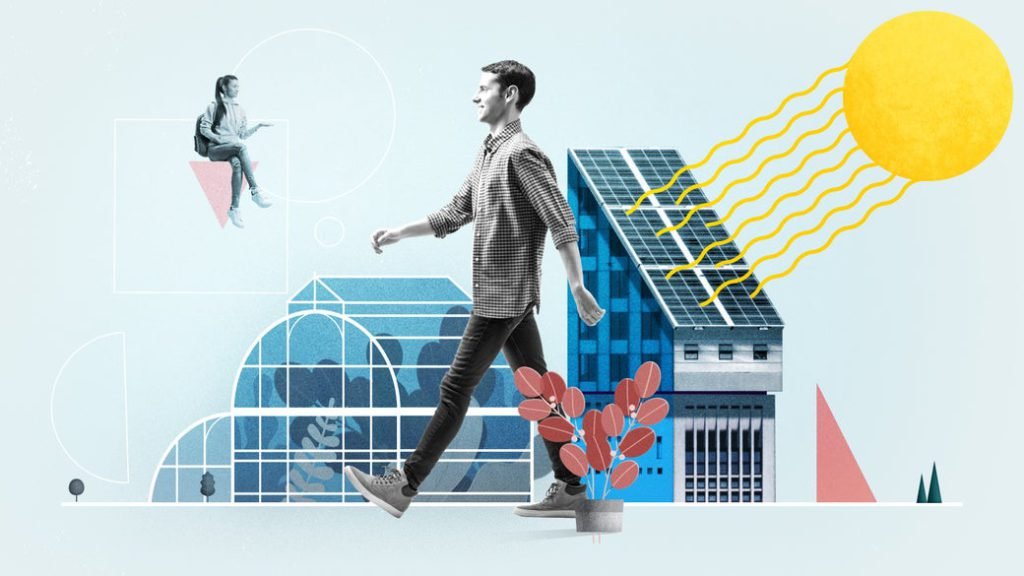

2. Human
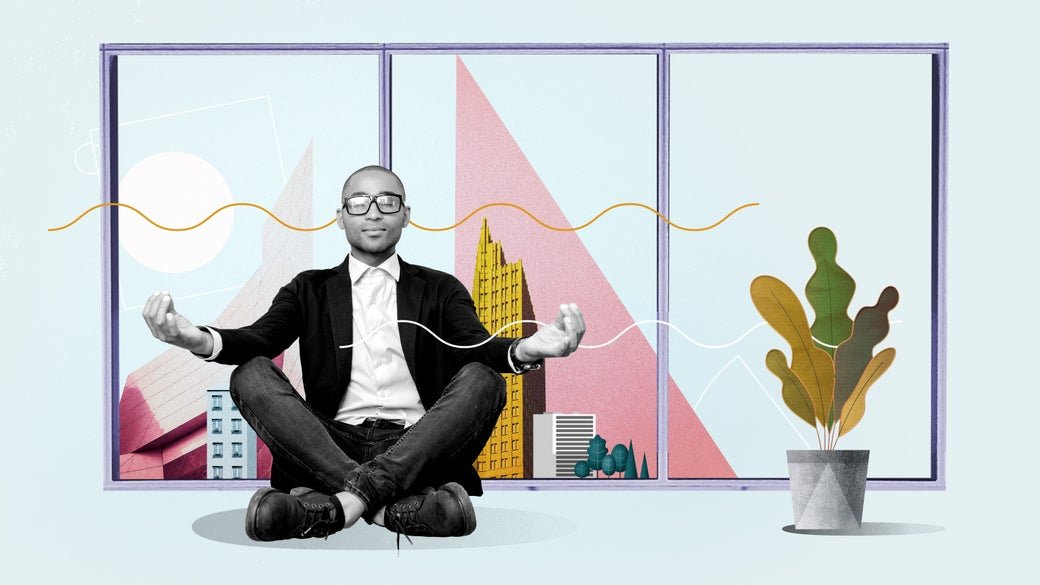

The coronavirus pandemic has accelerated the need for “healthy buildings” that are designed and equipped to enhance health, and promote the mental and physical wellbeing of its residents.
WHY
Studies show a correlation between workforce health and productivity. Research from the Harvard T.H. Chan School of Public Health shows 26% higher cognitive function scores in high-performing, green-certified buildings versus high-performing non-certified buildings.
HOW
Optimizing and monitoring of indoor conditions, such as air quality and filtration, lighting, and temperature, creating spaces for mindfulness practice, designing seamless social-distance procedures and amenities including touchless technology and sensors.
3. Inclusive
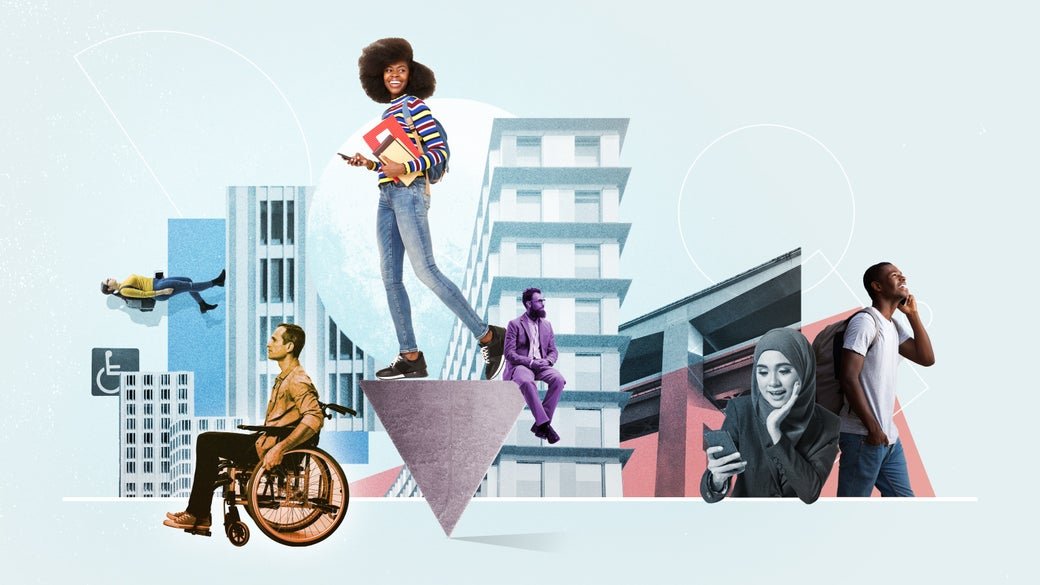

Real change in the real estate industry needs companies–and senior leadership–to commit to prioritizing equity and inclusion in recruiting and attracting talent, building community and culture through transformative urban projects.
WHY
The global movement for social justice has underscored the importance of understanding and reframing bias while also examining the impact of human rights on climate change, on unlocking innovation and workforce performance.
HOW
Enhancing accessibility features, creating gender-neutral solutions in the built environment, and ensuring supplier diversity are some ways the industry can be an inclusive source of empowerment for individuals and communities.
4. Authentic


Expanding the role of the built environment from one that provides shelter to one that provides a genuine sense of belonging, where individuality is created through experience and connection.
WHY
Employers are choosing real estate not just based on location alone, but on that which reflects their values—giving back to the community, integrating diversity, identity, and integrity in a meaningful way.
HOW
Taking a holistic (social, physical, environmental) view on urban revival and renewal, preserving heritage and landmark sites, and promoting community outreach and involvement in conceiving and developing new projects.
5. Augmented
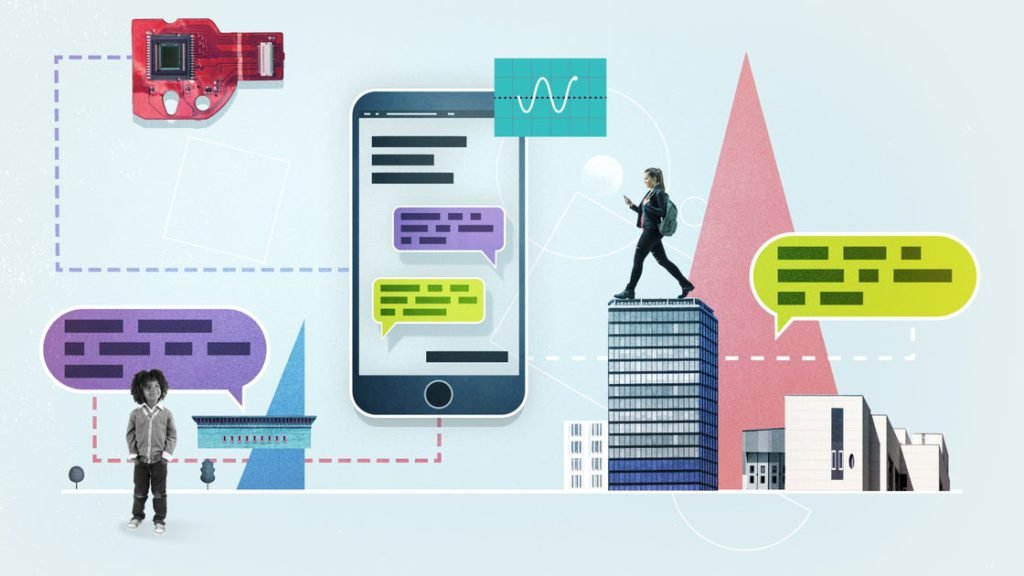

Digital technology within the built environment has the potential to underpin much of the infrastructure of cities while improving peoples’ daily lives and enabling better management and operation of places.
WHY
According to JLL, “smart building technology will drive greater energy efficiency, helping to deliver ‘greener’ and net-zero carbon buildings,” which will be critical to reducing energy consumption in the race to net zero.
HOW
Adopting improved sensor technology, 5G, and IoT-connected devices will enable the capture and analysis of greater amounts of data to improve lives by optimizing traffic flows, increasing efficient energy use, monitoring air quality, and reducing waste.
6. Resilience
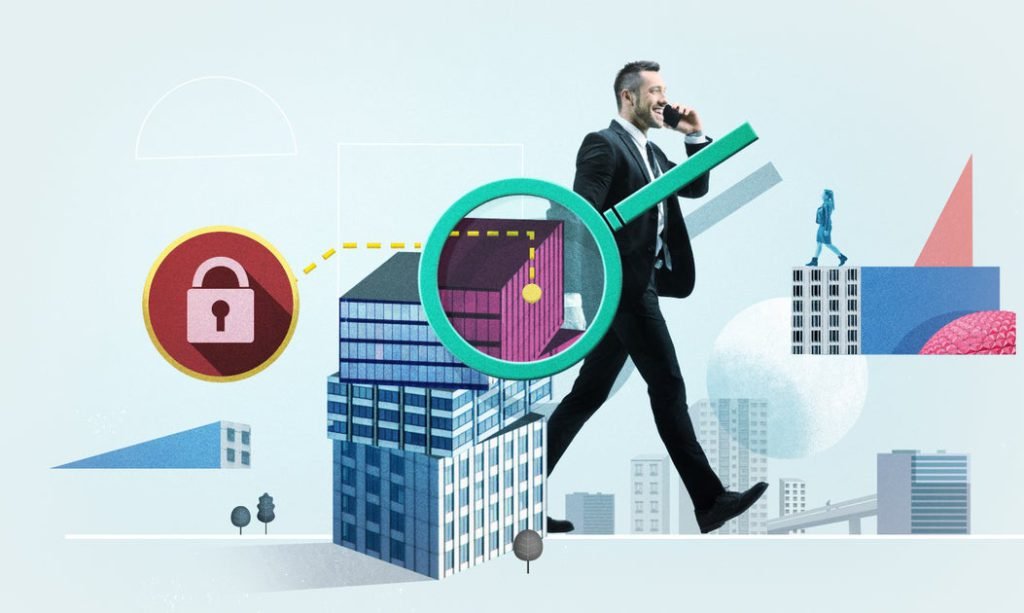

Property resilience starts with taking a two-pronged approach: protecting people against physical risk and safeguarding business from financial, regulatory, and other systemic risks.
WHY
Increased vulnerability to risks such as pandemics, extreme weather events (first half of 2020 saw twice the number of extreme climate events in the US compared to a 30-year average)[4], and cyberattacks have increased the pressure to create resiliency in the built environment.
HOW
Evaluating the risks at hand, as well as planning to mitigate, transfer, or accept those risks can help protect people and real estate assets or portfolios can help minimize interruptions to business.
The Advantage of Good Governance
Underpinning the six pillars of responsible real estate is a platform held accountable through clear governance and measurement.
The real estate industry has the opportunity and accountability to reimagine a better world through the built environment, with urgency at the individual, company, and country level.
“Major businesses will need to look beyond their workplace footprint and to recognize that they can also reshape the city,” explains Jeremy Kelly, JLL’s Research Director. “With all the pressure on our cities to transform, the much greater collaboration will be required between the private sector and city governments.”
Stakeholders from every discipline – financial institutions, government, and the private sector—will continue to push the industry towards positive and sustainable change that will build resilience, drive positive financial returns, and realize a human, healthy, and enriching future.




















